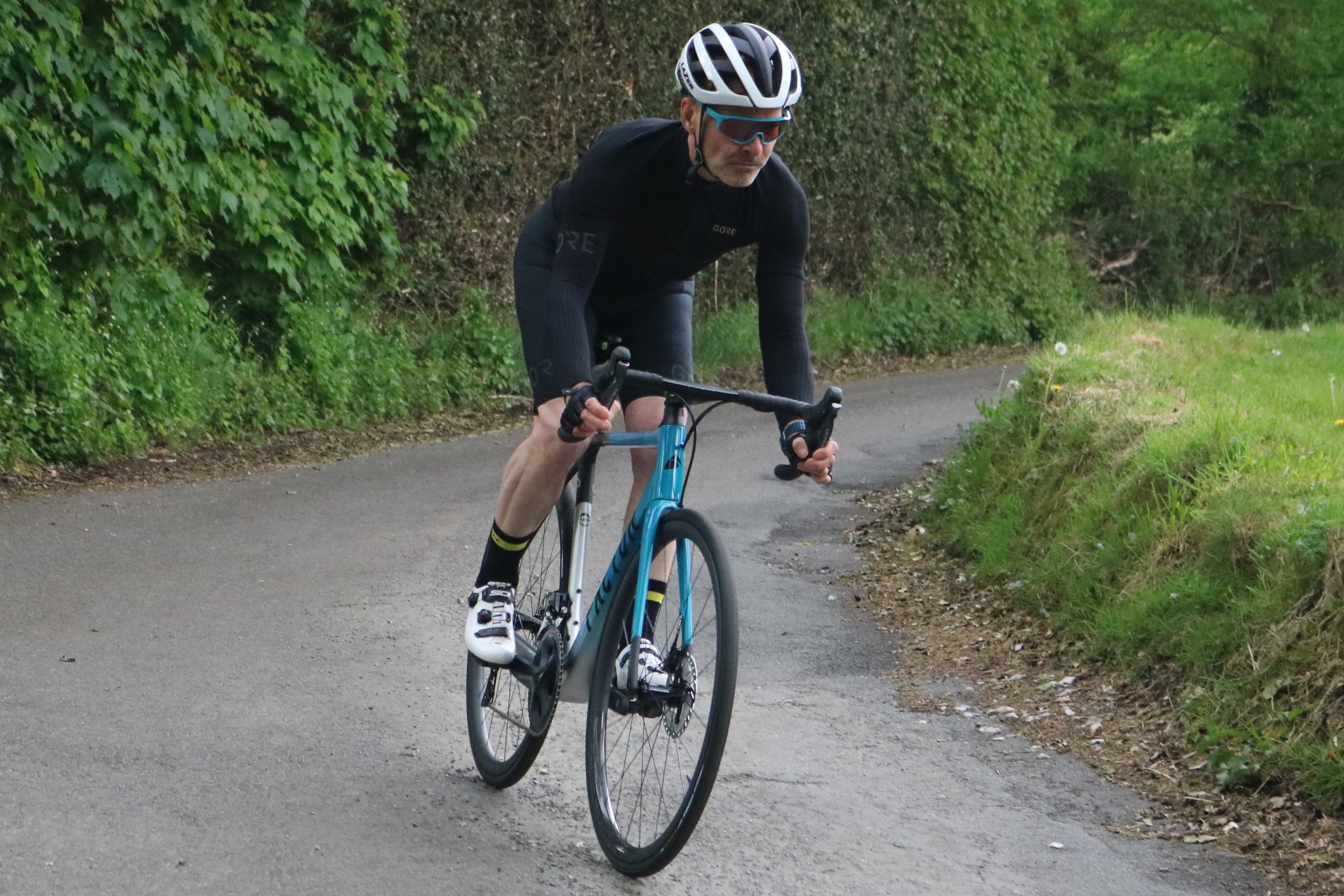Aspire Aerobe review
Aspire Cycles lets you specify your own colour scheme and finishing components for its 6-frame range. We've sized up the Aerobe aero road bike.
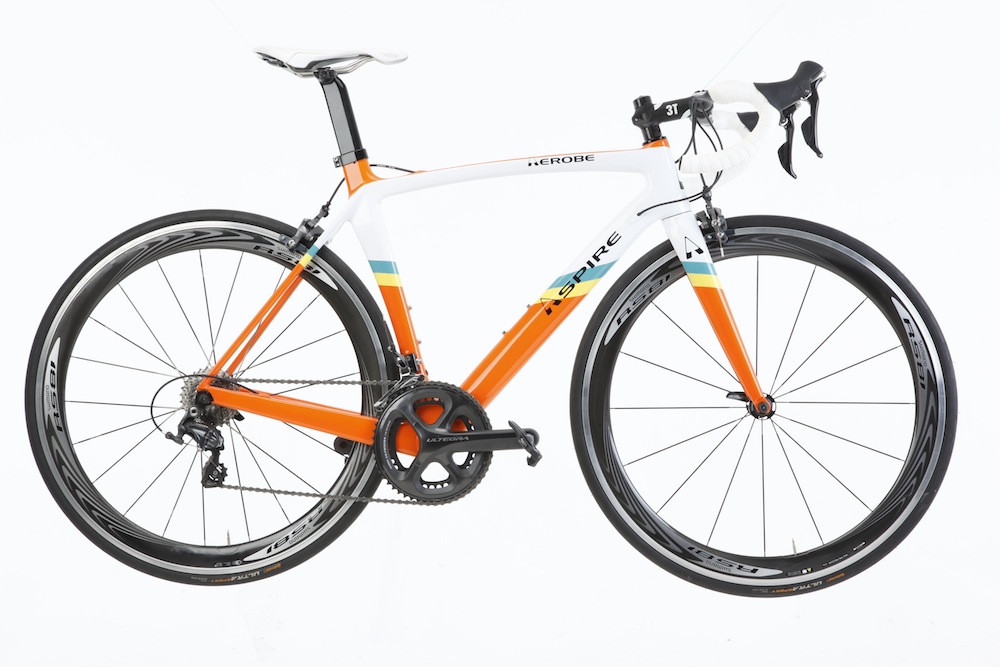
An interesting option to customise your bike’s colour scheme and components from a UK-based niche brand. The result is a nice looking aero bike which feels fast. But the finished product is quite expensive for the spec and there’s a bit of front end flex.
-
+
Chance to create a one-off frame design
-
+
Lots of spec options
- +
-
-
Pricey for the spec
-
-
Flexy front end
-
-
Can’t see how the complete bike will look in the on line bike builder
- -
You can trust Cycling Weekly.
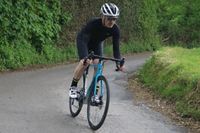
UK bike brand Aspire’s unusual proposition to its buyers is the option to choose your own design and colour scheme for its bikes. It claims to offer nearly 2 million options for design and colour via its on line bike builder.
It has three frame options for road and one for time trial bikes, with the Aerobe being its aero road bike frame. There are six different variants of the lay out of bands and stripes on the Aerobe frame and forks, ranging from all one colour up to numerous different bands and panels.
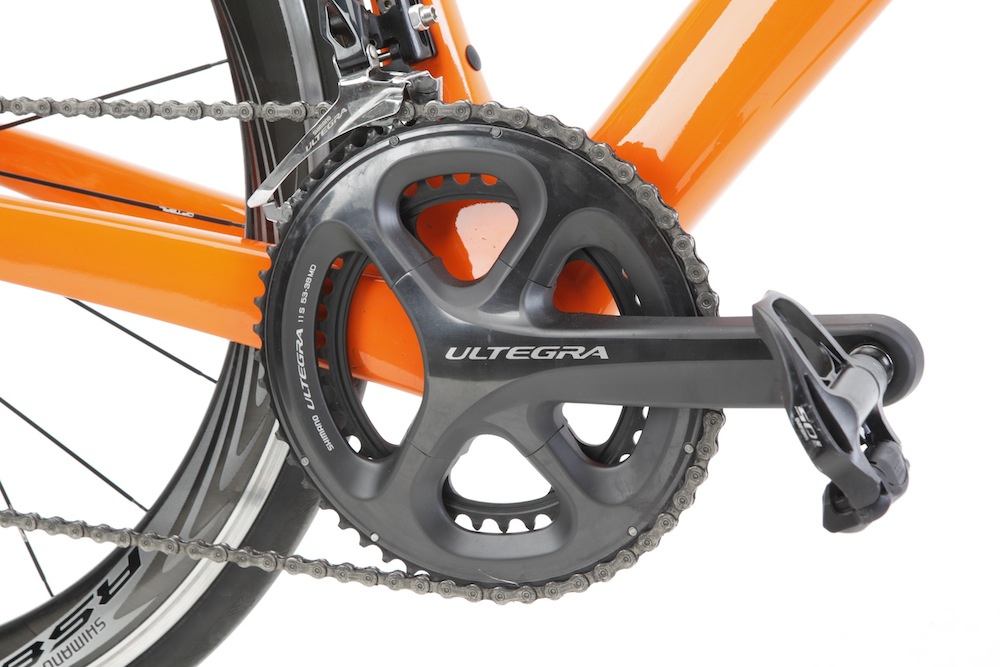
There are then 24 colour options for each of between two and four different panels, plus four different logo colours. So there are around 150,000 possible frame colour variants, before you start on finishing kit. And Aspire offers loads of options here too. On top of this, you can also specify your own one off design.
>>> How much does position affect your speed?
Once you’ve settled on a design via its on line system, Aspire will contact you to advise lead time, discuss build choices and take payment. The company’s strapline is “Your bike – your way” and with so many options it’s certainly unlikely that you’ll see an identical bike on your next sportive or club run.
Watch: How much faster is an aero bike?
The frame
The Aerobe boasts a T800 carbon frame with aerodynamic features. These include teardrop frame profiles, a cut-out for the rear wheel, aero section forks, an aero seatpost and internal cable routing.
The latest race content, interviews, features, reviews and expert buying guides, direct to your inbox!
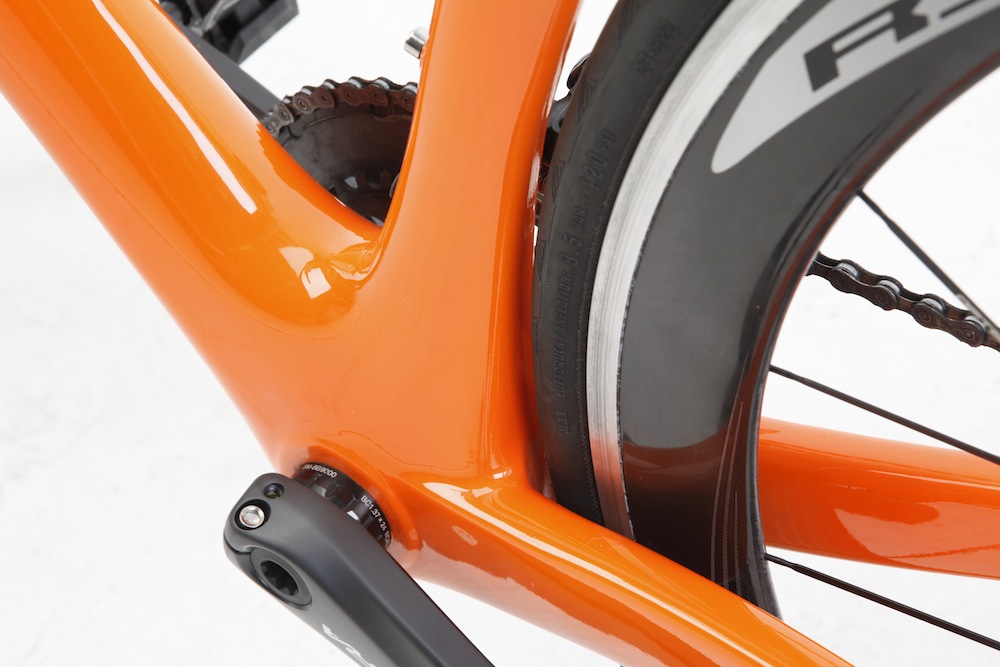
The design is chunky, with a significant overbuild of the area around the threaded bottom bracket in particular. The chainstays too are beefy and there’s a short headtube giving a low stack and longer reach for a more stretched out position.
>>> UCI set to scrap 3:1 frame geometry rule
It's quite a light frame for an aero design though, with the 54cm build which we've tested coming out at 7.37kg.
Specification
The most striking feature of the spec of the Aerobe which we have tested is its 3T aero cockpit. This consists of Aeronova Team aerodynamic carbon bar with an Arx 2 Pro stem. The bar has very wide and shallow tops which bulge out at the bends into a rounded section, with the thick bar tape over the bends only increasing the contrast in bar width. The cables are routed internally, emerging from the underside of the bars to disappear again into the frame’s top and down tubes.
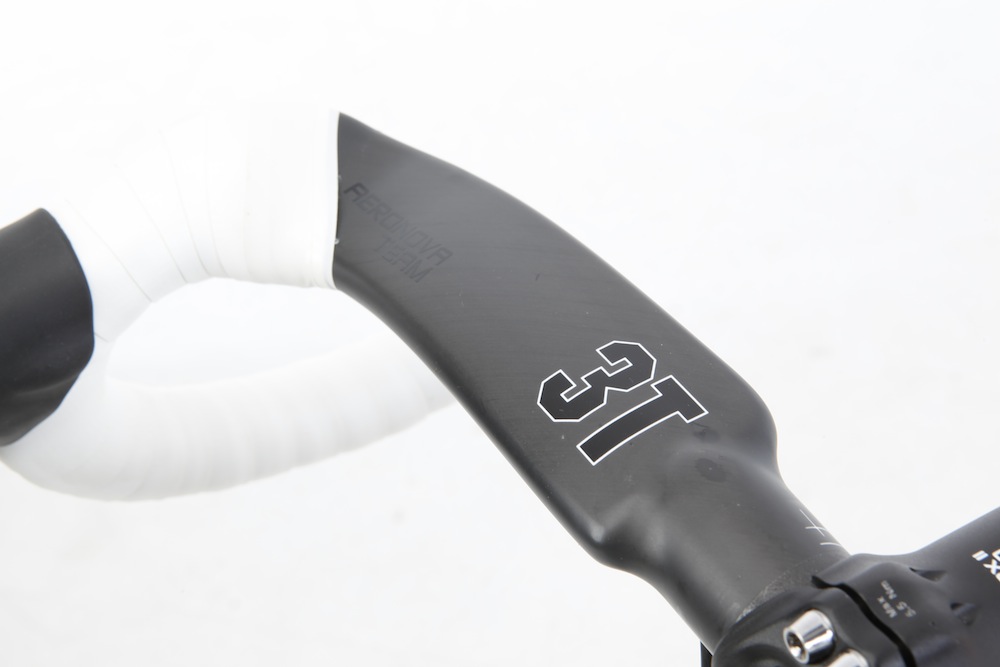
There’s a full Shimano Ultegra groupset, including the brakes and chainset, which on the test bike was a full strength 53/39 number. Coupled to the 11-28 cassette, this gives lots of high end gearing but less bottom end than some might like.
>>> How much faster are aero wheels?
The wheels are also from Shimano. The RS81 C35 is a 35mm section wheel with a carbon body and aluminium brake track. Although this design adds weight, it does lead to very assured braking relative to an all-carbon model. At a claimed 1631g, they’re reasonably sprightly for their price. The tyres are Continental Ultrasport in 23mm width, which is slightly unfashionably narrow but nevertheless fast-rolling.
Ride
With its aero profiles and 53/39 chainset, the Aerobe is a bike which feels fast out of the box and encourages you to keep up a good pace on the flat. The aerobars are comfortable, with plenty of surface area on the flat tops, although if you wrap your thumbs under them the cable exits get in the way a bit. The bends are also a nice place to rest your hands, with the thick tape adding to the comfort, while the drops are shallow enough to be easily reached.

There is a bit of flex in the front end though. This isn’t noticeable until you head uphill and ride out of the saddle, when it lends a bit of a spongy feel. The flex seems to come in part from the bar but also from the steerer tube.
>>> New British brand proves that carbon wheels don't have to cost thousands of pounds
The Shimano wheels with their Conti tyres also roll well, adding to the feeling of spirited performance, while Ultegra shifting always feels light and positive.
Value
At over £3300, the Aerobe is on the expensive side for a bike with its spec. Head for mainstream brands and you are likely to get a bit more for your money – although often with spec swap-outs for cheaper components of which you need to beware.
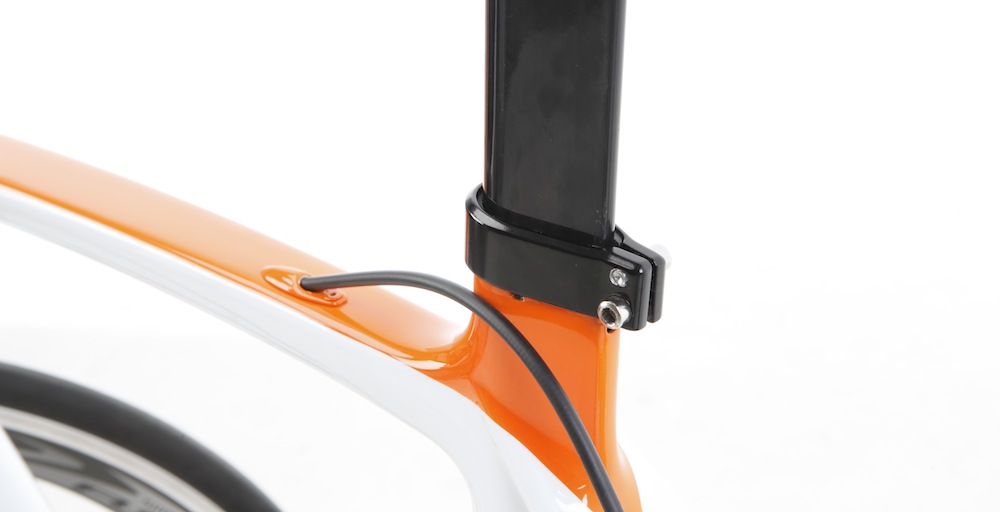
Like Aspire, some brands such as Trek, Ridley and Wilier also offer custom colour and finishing kit options. Ridley charges between £200 and £400 for a bespoke frame colour.
>>> Is a long tailed aero helmet faster?
On the other hand, if you’re of an artistic bent or just want something a bit different from other riders, you can end up with a bike which is pretty unique in colour and which has a spec which exactly meets your requirements.

Thank you for reading 20 articles this month* Join now for unlimited access
Enjoy your first month for just £1 / $1 / €1
*Read 5 free articles per month without a subscription

Join now for unlimited access
Try first month for just £1 / $1 / €1
Paul started writing for Cycling Weekly in 2015, covering cycling tech, new bikes and product testing. Since then, he’s reviewed hundreds of bikes and thousands of other pieces of cycling equipment for the magazine and the Cycling Weekly website.
He’s been cycling for a lot longer than that though and his travels by bike have taken him all around Europe and to California. He’s been riding gravel since before gravel bikes existed too, riding a cyclocross bike through the Chilterns and along the South Downs.
